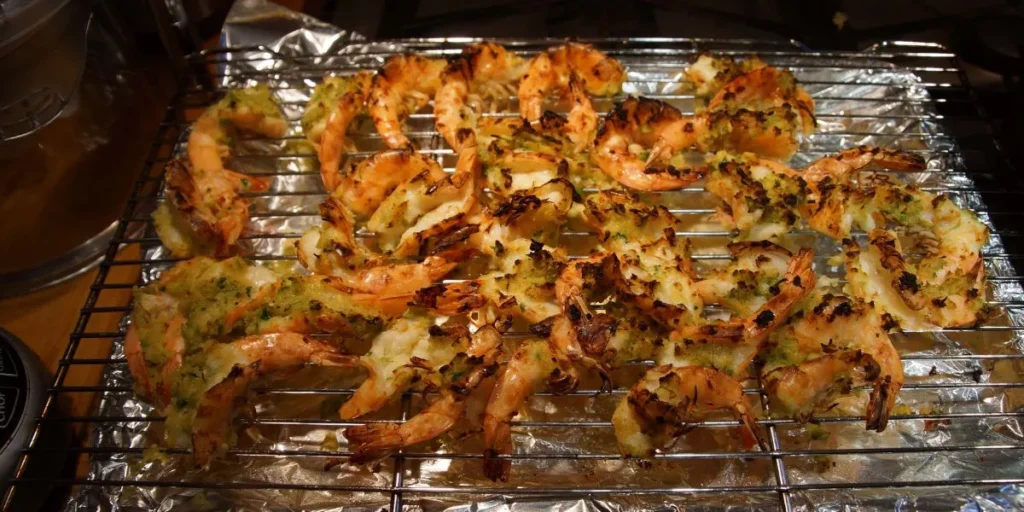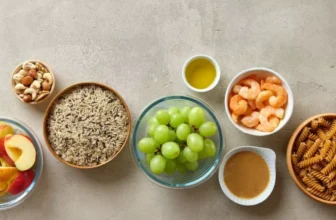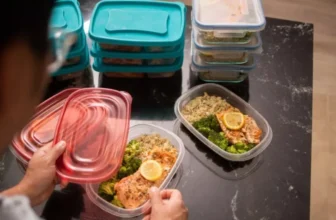
When it comes to achieving crispy textures using broiling, there are a few key techniques that can make all the difference in your cooking. From the preparation of the food before placing it under the broiler to the monitoring process while it cooks, each step plays a crucial role in ensuring that perfect crunch. By understanding the nuances of broiling and implementing some expert tips, you can elevate your dishes to a whole new level of crispiness.
Benefits of Broiling
When broiling, you can enjoy the benefits of quick cooking and a deliciously crispy texture. Broiling is a fantastic cooking method that allows you to cook your food fast by exposing it directly to high heat. Unlike other methods that may require preheating or long cooking times, broiling heats up quickly and cooks your food in a matter of minutes. This makes it a great option for those busy weeknights when you want a tasty meal without spending hours in the kitchen.
Additionally, broiling helps to achieve a crispy exterior on your food. The high heat from the broiler caramelizes the sugars on the surface of your food, creating a delightful crunch that locks in the juices and flavors. Whether you’re broiling vegetables, meats, or seafood, this method can elevate the texture of your dishes, adding a satisfying contrast between the crunchy exterior and the tender interior.
Best Foods to Broil
For achieving optimal results when broiling, selecting the right foods is crucial. Certain foods are better suited for broiling due to their textures and flavors. Thin cuts of meat like chicken breasts, pork chops, or fish fillets are excellent choices as they cook quickly and develop a delicious charred exterior. Vegetables such as bell peppers, zucchini, asparagus, and tomatoes also broil well, bringing out their natural sweetness and creating a crispy exterior while maintaining a tender interior.
When broiling, consider using foods that can withstand high heat without losing moisture, resulting in a juicy and flavorful outcome. Shrimp, scallops, and lobster tails are fantastic seafood options that cook rapidly under the broiler, staying succulent and acquiring a delightful smoky flavor. Additionally, fruits like peaches, pineapples, and mangoes can be broiled to caramelize their sugars and intensify their sweetness, making them perfect for desserts or accompaniments to savory dishes. Experimenting with different foods will help you discover your favorite broiled creations.
Broiling Techniques to Master
To achieve optimal results when broiling, mastering essential techniques is key to ensuring your dishes come out perfectly crispy and flavorful. One crucial technique to master is positioning the oven rack correctly. For broiling, the rack should typically be placed in the top position in your oven, allowing the food to be closer to the broiler element for even cooking and browning.
Preheating the broiler is another essential step. Make sure to preheat the broiler for a few minutes before placing your food inside. This ensures that the food starts cooking immediately and helps in achieving that desired crispy texture.
Additionally, using the right cookware can greatly impact the broiling process. Opt for broiler-safe pans and trays that can withstand high temperatures without warping. This ensures even cooking and browning of your food.
Tips for Achieving Crispy Results
Positioning your oven rack correctly and preheating the broiler are fundamental steps in achieving crispy results when broiling. Placing the rack in the top third of the oven ensures that your food is close enough to the broiler to crisp up quickly without burning. Preheating the broiler before cooking allows for immediate high heat, essential for creating that desirable crispy texture.
Another tip for achieving crispy results is to pat your food dry before broiling. Excess moisture can prevent browning and crispiness, so use a paper towel to remove any surface moisture from your ingredients before placing them under the broiler.
Additionally, consider using a light brushing of oil on your food before broiling. This thin layer of oil helps promote browning and crisping, enhancing the texture of your dish.
Lastly, keep a close eye on your food while broiling. Crispy can quickly turn to burnt, so stay vigilant and use a timer to prevent overcooking. By following these tips, you’ll be on your way to achieving perfectly crispy results every time you broil.
Kitchen Appliances














